Syria and Lebanon remain Israel’s two most proximate northern neighbors in a state of war with Jerusalem. Since the Mandate period, access to the headwaters of the Jordan River, found at the flanks of Mount Hermon in Syria/Lebanon, has complicated bilateral relations, as has foreign influence from Iran, Russia, Turkey and others. But still-unfolding political changes sparked by the Hamas-Israel war have unfrozen the status quo of perennial animosity between Israel and Syria and Lebanon.
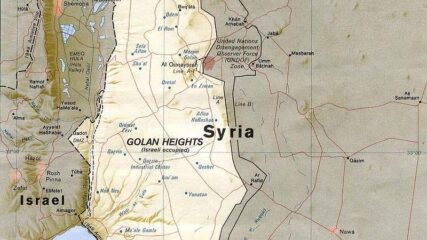
Before Israel’s establishment, Zionists in Palestine had contacts with Lebanese and Syrian officials, seeking information about anti-Zionist attitudes and understanding of these Arab states’ military capabilities against Israel’s establishment and survival. Since 1949 and the…
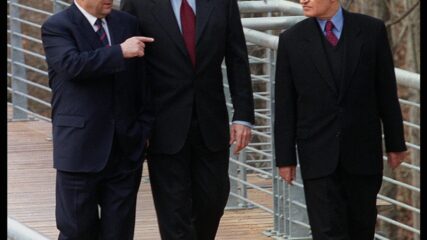
Books and Documents Oren Barak, The Lebanese Army: A National Institution in a Divided Society. Albany: State University of New York, 2009. Benedetta Berti, The Ongoing Battle for Beirut: Old Dynamics and New Trends, Institute…
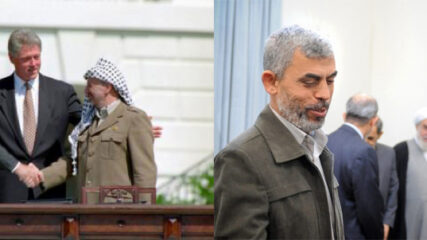
December 13, 2023, Poll of Palestinian Arab views, a survey completed two months after Hamas’s October 2023 attack on Israelis, Palestinians praised Hamas actions, with a vast majority not believing that Hamas carried out atrocities…

Before a White House dinner, President Trump and Prime Minister Benjamin Netanyahu talk about Gaza, Iran, Syria and Middle East peace.
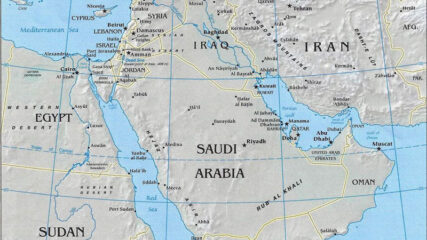
May 2025 CIE has compiled the following list of books and articles to guide understanding of the modern Middle East. For a supplement to this bibliography, click on CIE’s Annotated Bibliography of Basic Books on…
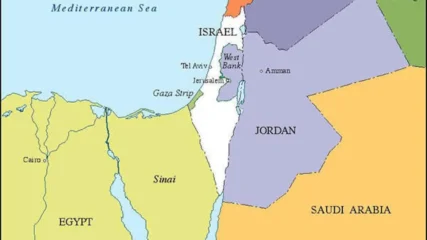
A current map showing the political borders of Israel and its nearest neighbors in the Arab world.

Netanyahu’s speech reflected on the needed elimination of Hezbollah as an enemy of Israel, a powerful militia fighting in Lebanon against Israel for four decades. On the day of Netanyahu’s speech, the Israeli Air Force killed Hassan Nasrallah, the Hezbollah leader in his Beirut offices along with other Hezbollah officials.

Hezbollah has used its stronghold in southern Lebanon to launch continual attacks on northern Israel since October 8, 2023. Hezbollah says it is motivated by its support for Hamas, a fellow member of Iran’s Axis of Resistance surrounding Israel. While Hezbollah is Shia and Hamas is Sunni, both are devoted to Israel’s destruction, and both receive funding from and coordinate with Iran.
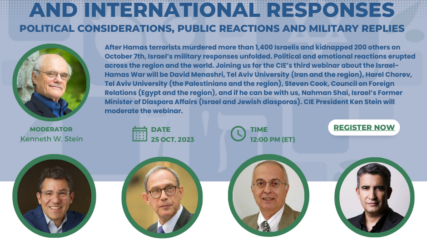
October 25, 2023 After Hamas terrorists murdered more than 1,200 Israelis and others and kidnapped at least 240 on Oct. 7, 2023, Israel’s military responses unfolded. Political and emotional reactions erupted across the region and…

Enormous tension and risks taken by Egyptian and Israeli leaderships are recounted in a brief chronology of events that led to the June 1967 war, a benchmark turning point in Middle Eastern, Israeli, and Jewish history.
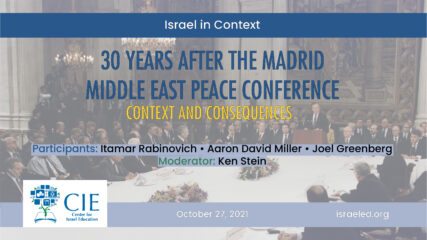
This 54-minute webinar, recorded Oct. 27, 2021, is part of the Center for Israel Education’s “Israel in Context” series and is incorporated into an extensive set of documents, study guides, videos and other resources CIE has compiled at https://israeled.org/madrid-conference/ to mark the 30th anniversary of the Madrid Middle East Peace Conference, when Israel first sat at the same table with all of its immediate Arab neighbors to talk peace.

Historical Context Explore the historical context through the events and the documents leading up to the 1991 Madrid Middle East Peace Conference: 1949: Israel ends the War of Independence without secure borders or Arab acceptance….

The waves of protests in Lebanon in recent weeks and the country’s political instability stem primarily from fundamental problems in the local economy, including the absence of reforms and the rampant corruption among the ruling elite and all government institutions. These developments are highly problematic for the country’s decision makers, including Hezbollah. Israel, for its part, is monitoring the developments, which inter alia could lead to a strengthening of Hezbollah.

On March 25th 2019, President Trump signed an order for the United States’ official recognition of Israeli sovereignty over the Golan Heights. This article surveys Israeli public opinion regarding this issue, and its reactions to this announcement. Surveys have shown a consistently high level of support among Jewish Israelis for keeping the Golan Heights, and while there is some disagreement – Jews across the political spectrum support President Trump’s decision.

U.S. President Donald Trump recognizes Israeli sovereignty over the Golan Heights more than 37 years after Israel annexed the mountains.

In the coming years, Syria will focus on tending to its war wounds while continuing to serve as a springboard for strategic threats posed by Iran and its proxies against Israel. It is in Israel’s interest that Syria rebuild its infrastructure, experience economic recovery, and benefit from a stable central government. However, there is inherent tension in Israel’s position.

Professor Asher Susser describes the neighborhood of the Middle East, Arab nationalism, and the changing relationships of the region’s states with Israel.
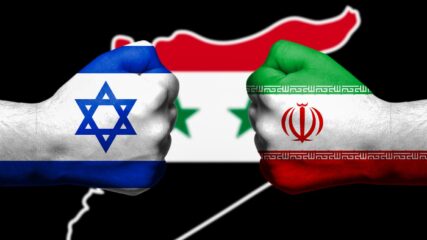
Israel’s opposition to Iranian entrenchment in Syria and Lebanon is twofold: To prevent Iran from building a beachhead against Israel through its proxies on Israel’s borders, and to impede development of Iran’s nuclear and long-range missile capabilities. Israel is absolutely determined and prepared to act forcefully against Iran, which could lead to a full-scale war. Israel must win this struggle against Iran, one way or another.
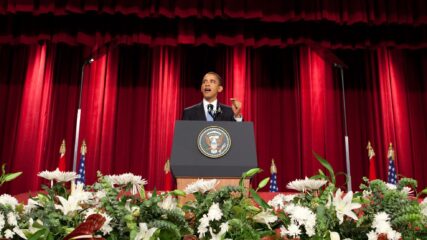
Obama, to improve America’s image with Muslim public opinion, stresses that Islam is not that of the ideological radicals. His advocacy of ‘soft power’ distinguishes his administration from Bush II’s use of force. He did not state directly that Iran should be stopped from developing a nuclear weapon. He said that US commitment to Israel is ‘unbreakable.’ Nine years later Trump’s Secretary of State, also in Cairo heavily criticized Obama’s ‘soft power’ approach.

The map includes the Israeli border and the Litani River, which is about 18 miles north of the Israeli-Lebanese border and runs roughly parallel to it. U.N. Security Council Resolution 1701 from 2006 calls for…
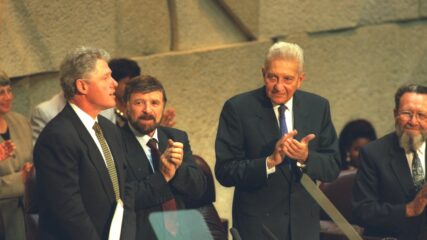
In only the second Knesset address by a U.S. president, Bill Clinton hails the treaty Jordan and Israel signed the previous day as part of a peaceful wave sweeping the region, including the year-old Oslo Accords and soon a likely treaty with Syria.
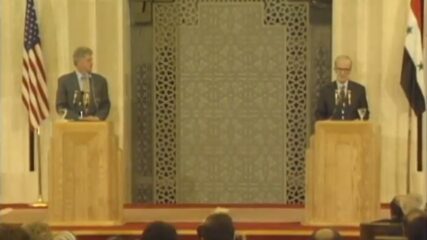
October 27, 1994 Remarks by U.S. President Bill Clinton and Syrian President Hafez al-Assad in the Great Hall of Syria’s Presidential Palace in Damascus, https://clintonwhitehouse6.archives.gov/1994/10/1994-10-27-press-conference-presidents-clinton-and-assad.html Introduction Clinton and Assad met in October 1994 a day…
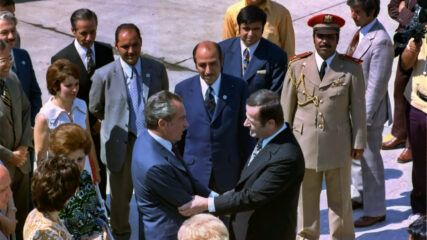
From 1970 to 1984, Khaddam served as Syria’s foreign minister, and later he was Syria’s decision-maker for actions in Lebanon. He recounts Syrian anger toward Egyptian President Sadat’s slow but continual bilateral engagement and recognition of Israel. He recalls how Syrian President Assad, after a four-hour meeting, refused Henry Kissinger’s invitation to attend the 1973 Geneva peace conference, not wanting to sanction the closeness Sadat was establishing with Israel and with Washington. These were the same reasons why Syria refused President Carter’s invitation to attend a similar Middle East peace conference in 1977. Khaddam says, “We were shocked by Sadat’s actions.”
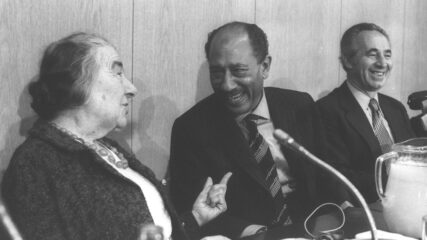
October 1991 Kenneth W. Stein and Samuel W. Lewis, Making Peace Among Arabs and Israelis: Lessons From Fifty Years of Negotiating Experience, United States Institute of Peace, Washington, October 1991, second printing 1992, 69 pages.























